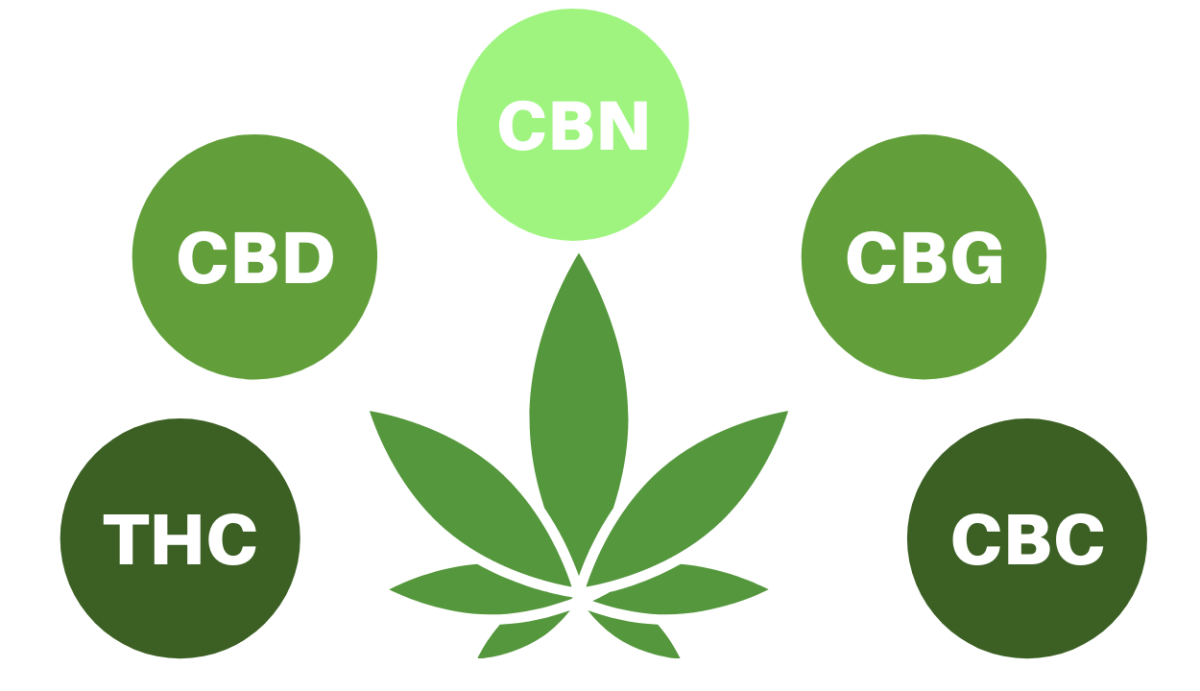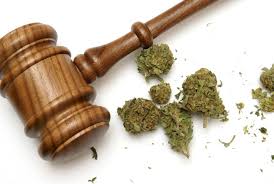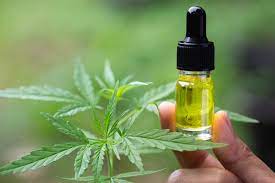The Cannabis Sativa plant contains cannabinoids, which are naturally occurring compounds. Out of the over 480 compounds found in the plant, there are only 66 that can be called cannabinoids.
The most well-known among these compounds is the delta-9-tetrahydrocannabinol (D9-THC), the main psychoactive ingredient in cannabis.
Cannabidiol, or CBD (Cannabidiol), makes up around 40% of the plant resin extract.
There are many classes of cannabinoids.
These are the subclasses of cannabinoids:
- Cannabigerol (CBG)
- Cannabichromene (CBC)
- Cannabidiol, (CBD).
- Tetrahydrocannabinol (THC).
- Cannabinol (CBN).
- Cannabidiol – CBD
- Cannabicyclol, cannabielsoin and cannabitriol are all other cannabinoids.
Cannabinoids and their effects
Cannabinoids interact with certain cannabinoid receptors on the cells’ surface to exert their effects.
These receptors can be found in various parts of the central nervous system. The two main types are CB1 (or CB2) of cannabinoid-receptors.
Anandamide, a naturally occurring chemical in the brain that binds with CB1, was discovered in 1992. These cannabinoid-like chemicals and others later discovered are known as endocannabinoids.
The brain area that cannabinoids are affecting has a different effect. The limbic system can affect memory, cognition, and psychomotor performance. Also, effects on the mesolimbic pathway could affect reward and pleasure responses. Pain perception may also be affected.
There are differences between cannabinoids.
The primary way that cannabinoids can be distinguished is by their psychoactivity.
CBG, CBC, and CBD are not psychologically active, whereas THC and CBN, along with other cannabinoids, are well-known to possess varying levels of psychoactivity.
CBD is the most abundant cannabinoid. It is believed to have anti-anxiety properties, possibly counteracting THC’s psychoactive effects.
THC reacts with CBN when it is exposed to air.
Because of the higher CBN to THC ratio, cannabis left unsmoked will have less potent effects.



